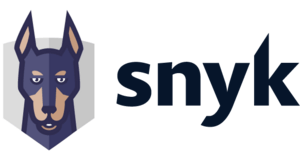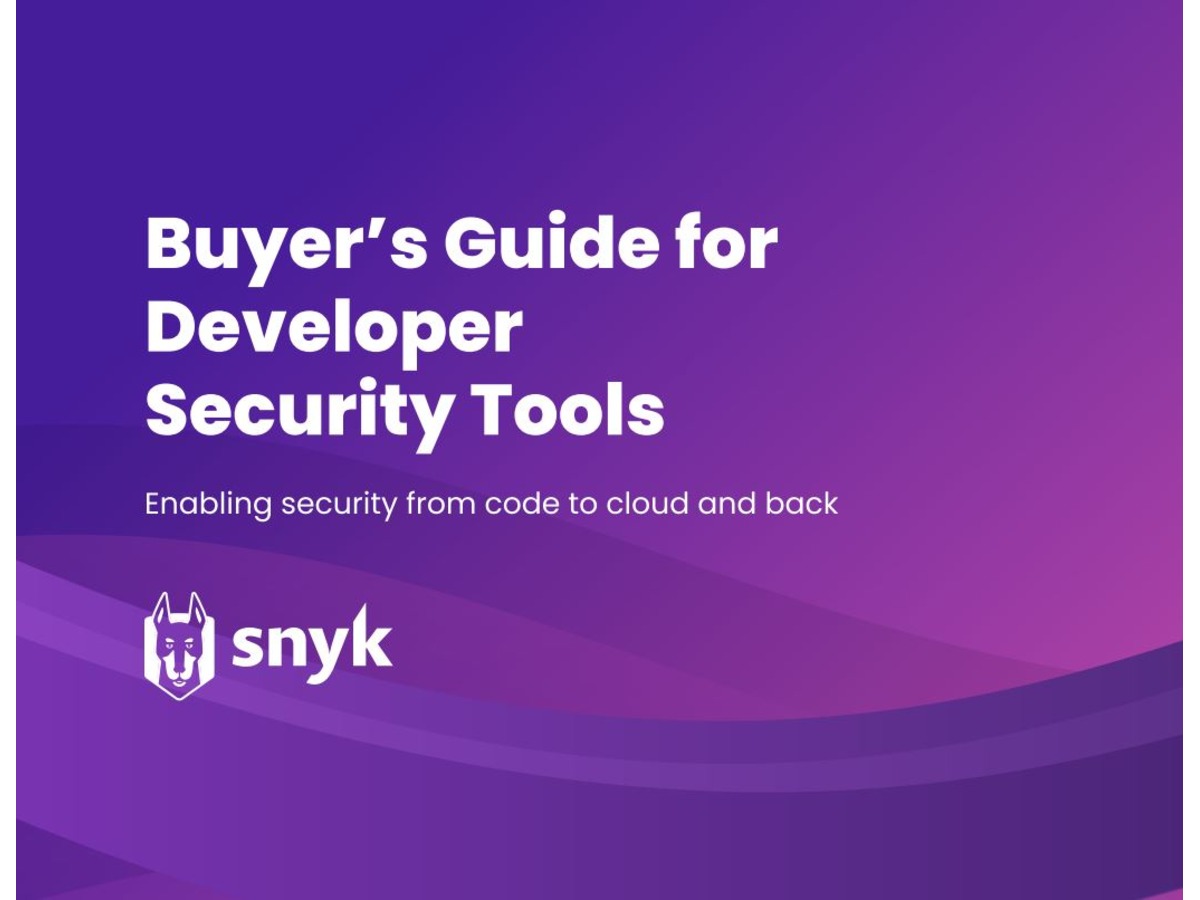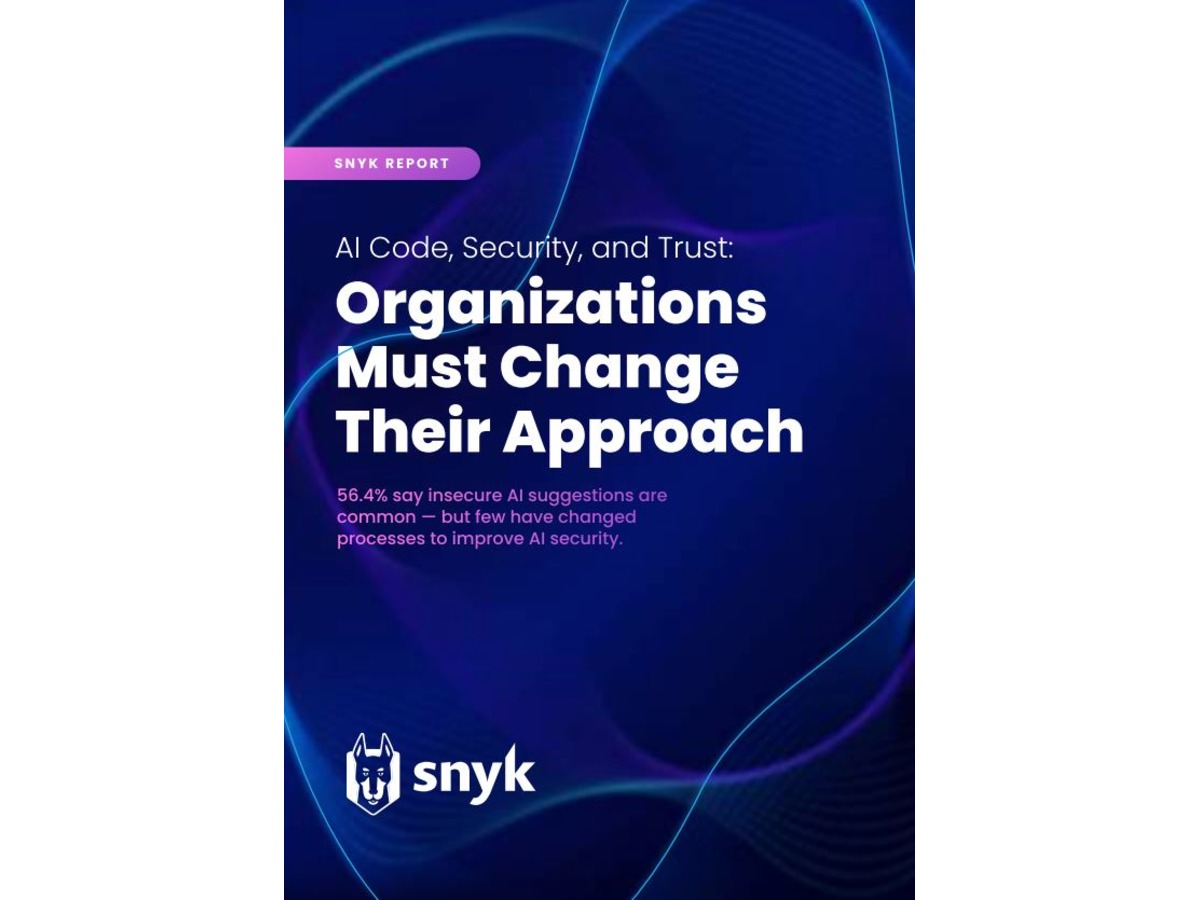Snyk
Success
You have successfully submitted your enquiry. Someone from our company will respond ASAP
Snyk

White Papers
Buyer’s Guide for Developer Security Tools
The movement to shift security earlier into the software development lifecycle (shift left) and make it a continuous process (DevSecOps) has created challenges and opportunities for companies. The purpose of shifting left is to build security into the fast, iterative development processes of modern apps, and reduce the security backlog early, in the same way other code issues are reduced. Success in this endeavor means fewer security issues get shipped with the production code and discovered later, when it’s more expensive and burdensome to fix them. Shifting left requires tools that support these capabilities, enabling developers to find and fix issues as they work and empowering them to be self-sufficient. But there are challenges that must be overcome for shift left to work. Traditionally, security tasks are handled by a team of experts who work separately from developers. However, the rise of DevSecOps and the decentralization of code security makes silos unsustainable — security needs to scale alongside development. To shift security left and make it continuous, developers must become quasi-security practitioners themselves. Download to find out more.
AI Code, Security, and Trust: Organizations Must Change Their Approach
AI coding assistants have achieved widespread adoption among developers across all sectors. However, many developers place far too much trust in the security of code suggestions from generative AI, despite clear evidence that these systems consistently make insecure suggestions. Unfortunately, security behaviors are not keeping up with AI code adoption. Technology organizations need to protect themselves against AI code completion risks by automating more security processes and inserting the right guardrails to protect not only against bad AI code but also against the unproven perception that AI-generated code is always superior to novel human code. Download to find out more.


